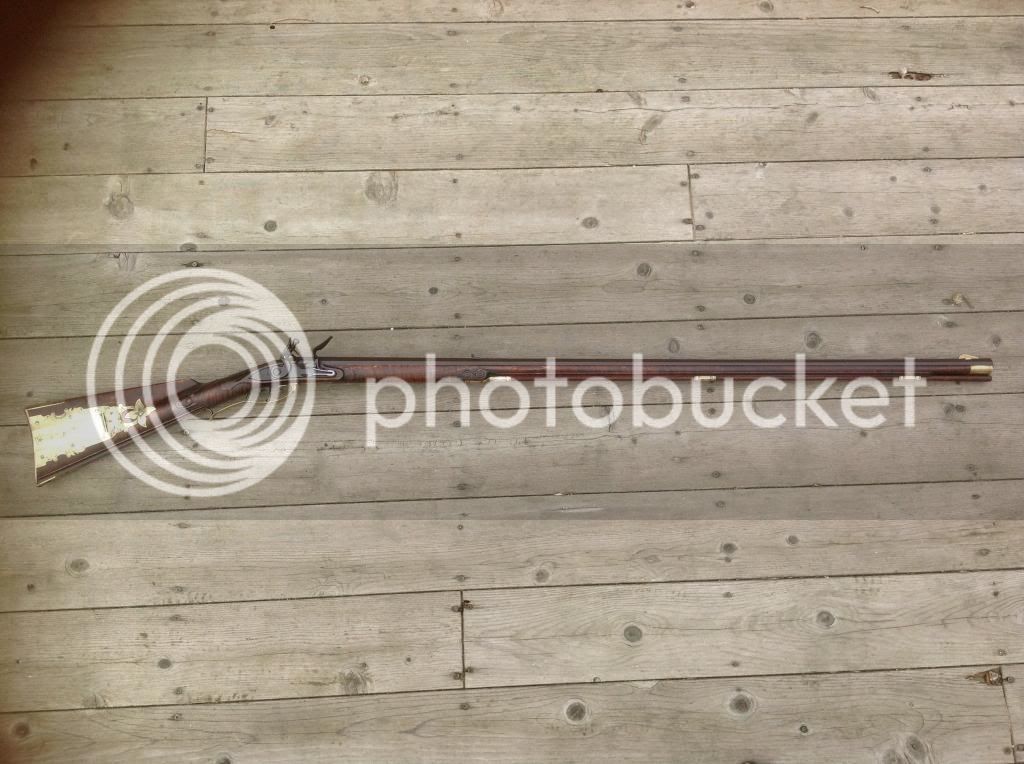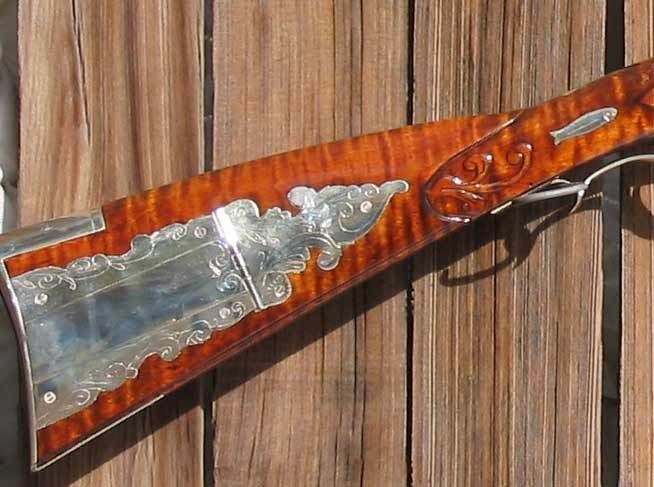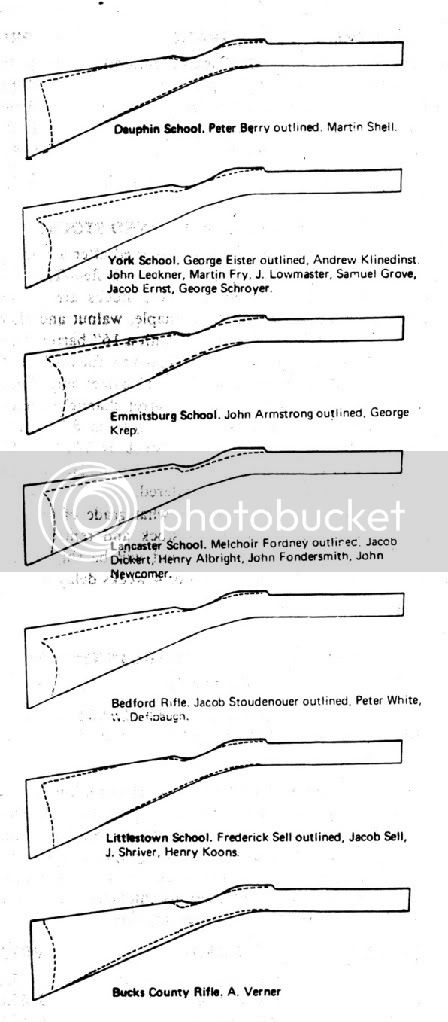Howdy fellers,
I ordered my piece of wood, and have my eye on a .54 swamped barrel, and am thinking about my next build. I hear the term "Lancaster" used quite frequently when describing a rifle, but I'm still ensure exactly what physical attributes make a "Lancaster". Are there any good books, with lots of pictures of course, to help me along?
As someone said earlier...I'm trying to avoid the Rolls Royce grill on the Volkswagon Beetle look.... :rotf:
I ordered my piece of wood, and have my eye on a .54 swamped barrel, and am thinking about my next build. I hear the term "Lancaster" used quite frequently when describing a rifle, but I'm still ensure exactly what physical attributes make a "Lancaster". Are there any good books, with lots of pictures of course, to help me along?
As someone said earlier...I'm trying to avoid the Rolls Royce grill on the Volkswagon Beetle look.... :rotf:








